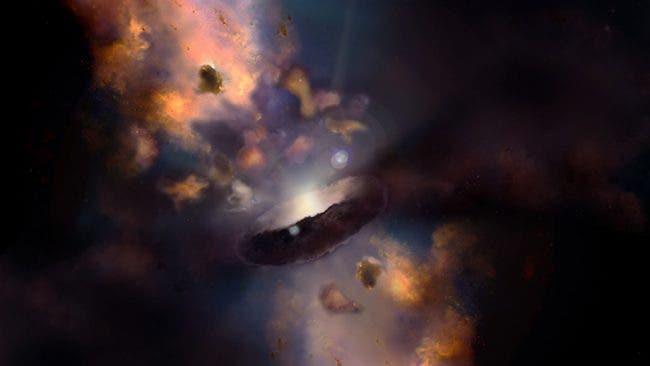

And two big things stand out in the data: By the 1890s, near continuous observation of the star began. Observations in the 1880s showed a potentially steady apparent magnitude of +7.3, but records are sparse. We now understand why, thanks to /Q72zIj7F2V ✔️ MYSTERY SOLVED: Like red supergiant star Betelgeuse, astronomers sought to explain why red hypergiant VY Canis Majoris varied in brightness. But after each major dimming event, VY Canis Majoris returned more or less to an apparent magnitude of +6.5. These wide swings continued throughout the 1870s. Huge swings in apparent magnitude appear, rapid fluctuations from +6.5 down to +8 (too faint to be seen with the naked eye). But it’s in the 1870s data that things really start to get interesting. (It’s important to note this could be due to local atmospheric and telescopic conditions during observations.)Ī 20 year gap into the early 1870s then exists. Other recorded observations from 1830 and a cluster around 1848-1850 returned similar +6.5 apparent magnitude observations - with even a few estimates closer to +6, indicating a potential, slight brightening of the star. This was calculated by eye, and photographic plates to confirm the apparent magnitude did not exist at the time. The first (surviving) observation in 1801 gave the star an apparent magnitude just at or near +6.5 - barely (depending on atmospheric conditions) visible to the naked eye. To properly understand this result, we must go back through the observational history of VY CMa. were able to correlate some of the ejecta plumes, clumps, and knots with dimming events recorded in the star’s 320 year observational period dating back to 1801.Īccording to the team’s results, “We find probable correlations of two to three separate mass ejections or outflows with the 19th century episode and with the 1920-1940 period suggesting that each of the minima may be related to a separate outflow.” Humphreys form the crux of her and her team’s recent work, which examined the knots, clumps, and extended arcs of ejecta material that surround VY CMa.īy closely investigating these areas around the star, Humphreys et al. These high mass-loss events referenced by Dr. If you look at the history of VY Canis Majoris and its high mass-loss episodes, this is stuff occurring on the timescale of a human life.”

“Believe it or not, we observe changes in stars over a human lifetime. The paper, published in the March 2021 issue of The Astronomical Journal, can be read here. Roberta Humphreys, in an interview with NASASpaceflight on her and her team’s recently published paper, “The Mass-loss History of the Red Hypergiant VY CMa”. “I think what really attracts astronomers to these very luminous and active stars, first of all, is their short lifetime,” said Dr. (Credit: NASA, ESA, HST, Humphreys et al.) VY Canis Majoris – seen by the Hubble Space Telescope – enshrouded in the nebulous gases and material it has ejected from itself over the last few thousand years. At just 8.2 million years old, it will - with near certainty - explode in a supernova event within 100,000 years, with its remnant likely to form a black hole instead of a neutron star.

Large stars like VY CMa have extremely short lifespans on the galactic timescale. That largely comes down to the nature of its existence. Yet for the last 220+ years, we have not been able to see it with the naked eye since a dimming event in the late-1800s that the star has never visually recovered from. It is also one of the brightest stars known in the Milky Way galaxy, being 350,000 times more luminous than the Sun. If VY CMa replaced the Sun in our solar system, the star’s photosphere - or surface - would stretch nearly to Saturn’s orbit. It is located 1.2 kiloparsecs, or approximately 3,900 light years, from Earth, is only 8.2 million years old, and is one of the largest stars known to exist.Īpproximately 1,420 times the radius of the Sun, it is 7-8 AU across (with 1 AU being 149.5 million kilometers - the average distance of Earth to the Sun). In the southern hemisphere, in the constellation Canis Major, lies a very young, very massive red hypergiant star called VY Canis Majoris (VY CMa).Ī pulsating variable, its apparent magnitude (how bright it appears in the night sky) varies unpredictably.


 0 kommentar(er)
0 kommentar(er)
